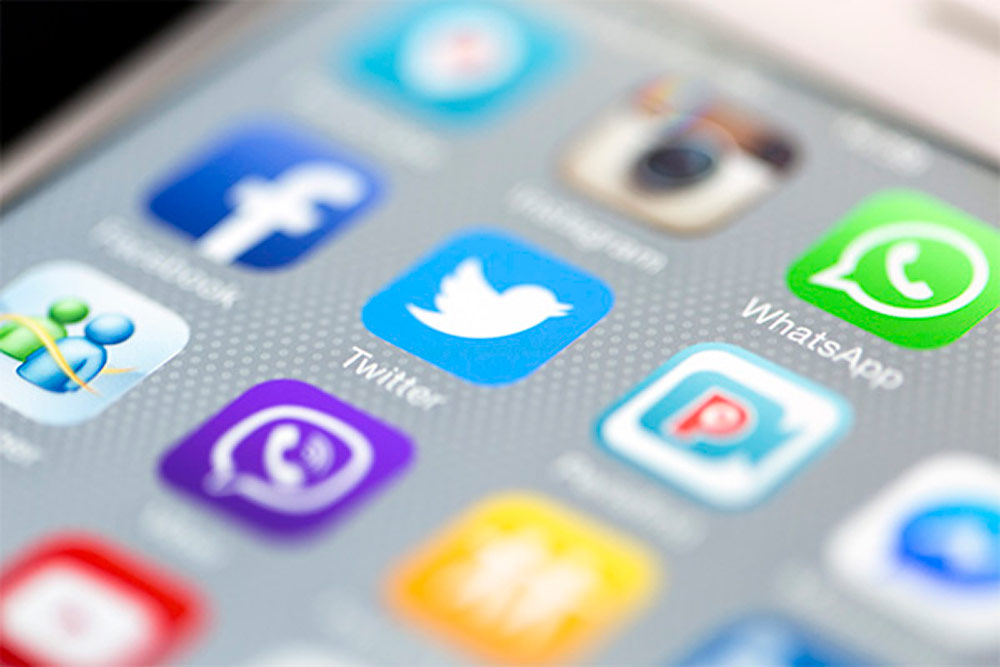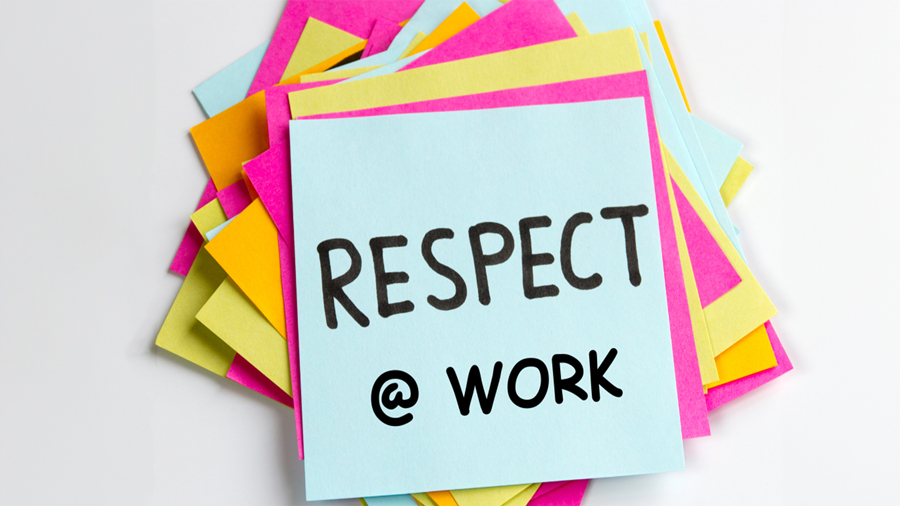Everyone has a role to play in contributing to a diverse and inclusive workplace. Our subtle and unintentional assumptions and biases can influence our actions and negatively impact coworkers and the working environment.
Unconscious bias is defined as:
“Prejudice or unsupported judgements in favour of or against one thing, person, or group as compared to another, in a way that is usually considered unfair. As a result of unconscious bias, certain people benefit, while other people are penalized.”
- Our brain is constantly working to create meaning.
- Daily tasks are processed by the unconscious.
- Our unconscious is a powerful tool that can dictate behaviour.
- Processing our thinking in the unconscious is beneficial by: conserving energy, and making our thought process automatic
- Our brains sometime receive messages that we might not consciously agree with.
Unconscious Bias =
- Attitudes, stereotypes, and assumptions we are not aware of
- Can affect our actions.
- Reside deep in our subconscious.
- Can be positive or negative.
- Activate without our conscious control.
- Unconscious bias is the outcome of our attitudes, stereotypes, and assumptions that we are not aware of.
Common Types of Unconscious Bias
Affinity bias:
- when someone favors another person because they have comparable traits or common interests or a similar background.
- Example: a male manager may choose another male for a position simply because he went to the same university.
Perception bias
- Stereotypes and assumptions we have about other groups
Halo or Horns effect
- To be biased by transferring feelings about one attribute to other unrelated attributes.
Unconscious Bias
- Examples show how opinions can be formed based on involuntary feelings that make you feel a certain way towards a person. Opinions can manifest in the form of micro-aggressions.
Conformity bias:
- When a person agrees with the group consensus, despite their own opinions or judgments.
- Example: Leaders may provide their own ideas in a meeting and encourage others to agree with them.
Beauty bias:
- When someone forms opinions about others based on their appearance.
- Example: When a hiring manager chooses the more attractive candidate for a job, though they may be less qualified.
Confirmation bias:
- This starts with an initial opinion, followed by the brain searching for evidence to support this belief. When this happens, it’s easy to overlook other evidence which contradicts the original belief.
- Example: A marketing department makes a product decision based on their gut instinct about that product, not from the objective research data.
Gender bias:
- When a person has a stereotypical belief about someone based solely on their gender.
- Example: Assign serving tasks, such as setting out snacks for meetings, to women.
Each of these types of biases may cause you to form an opinion based on involuntary feelings that make you feel a certain way towards a person. These opinions can then manifest in the form of micro-aggressions (see related blog).
How Does Unconscious Bias Affect the Workplace?
- unfair assumptions
- preferential treatment
- negative impact on hiring and promotions
- decreased employee engagement and productivity
- increased turnover and reduced retention
- harassment and bullying/discrimination
- legal risks
The various types of unconscious bias are difficult to address on an individual level within an organization. Therefore it is essential to put policies in place that remove an individuals ability to influence an employees treatment or the company’s decision-making processes.
Ten Strategies to Increase Mindfulness of Unconscious Bias in the Workplace
- Invest in training for the whole organization.
- Include Unconscious Bias training in your onboarding process for all employees.
- Integrate policies that reinforce a respectful and inclusive environment such as: a) respectful workplace policy b) an anonymous feedback system rolled out at scheduled intervals throughout the year c) standardized pay, standardized promotions and standardized reviews
- Ask hiring managers to increase diversity in the candidate pool as well as the final selection pool.
- Standardize the interview process including ensuring that each candidate is asked the same questions.
- Where possible, remove gender and cultural information from the application process. See related blog: Hiring & Interviewing.
- Act with vigilance and mindfulness in every interaction.
- Gain exposure and experience by seeking out interactions with people who are different from you.
- Have open conversations and welcome feedback.
- Be an ally.
“Inspect what you expect”. Simply put, this means observing the interactions between managers and employees to ensure responsibilities and opportunities are unbiased and equitable amongst all their employees.
Unless we learn how to disrupt our unconscious bias, we may intentionally favour people from certain groups over others.
Working to change our unconscious bias benefits our:
Decision-making
Relationships
Interactions in the workplace
We offer packaged or customized workplace training (eLearning, facilitated sessions and virtual sessions) on many related topics including: Respect & Civility, Diversity & Inclusion, PRIDE, Harassment/Bullying & Violence etc. To see our list of all programs, visit our catalogue.
Interested in a demo? Give us a call at 1.888.552.1155 or email sales@hrproactive.com
HR Proactive Inc. has been helping organizations build culture and connections with compliance training products and services since 1997.











